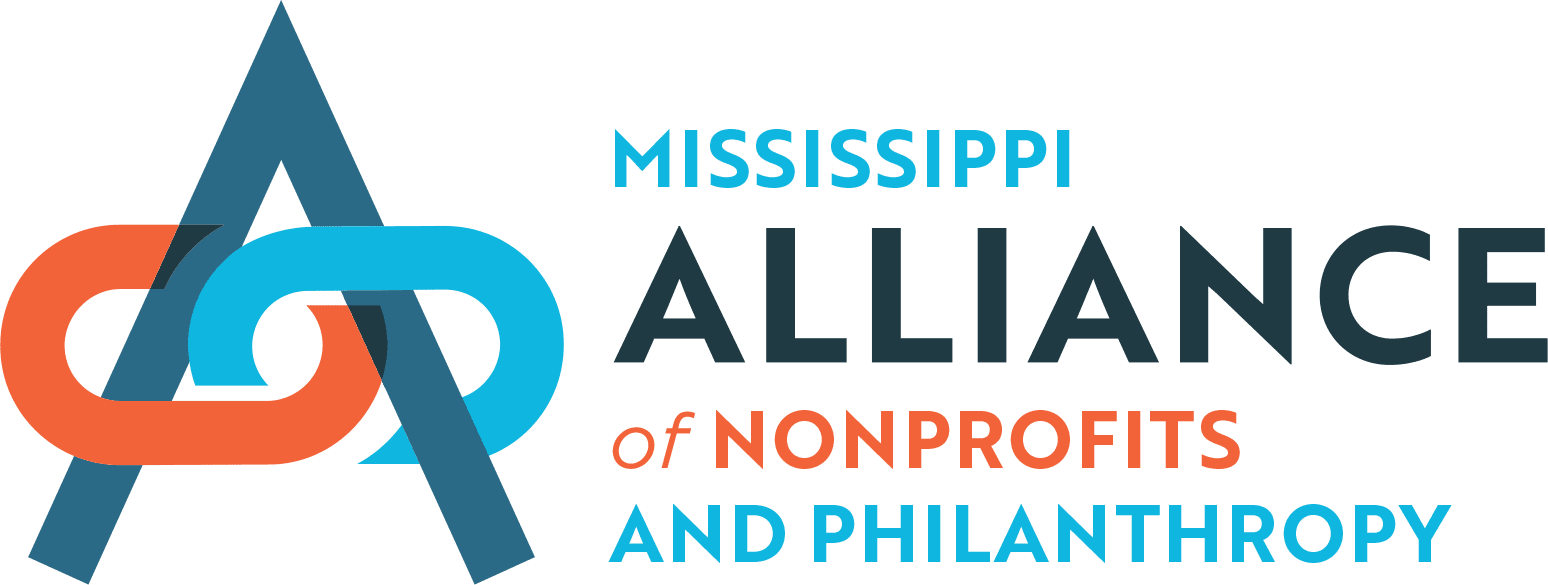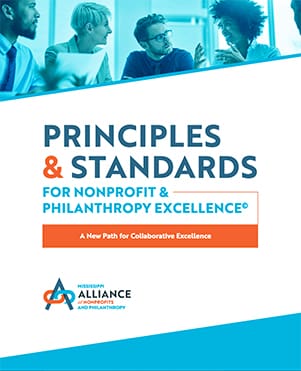Principles & Standards
For Nonprofit & Philanthropy Excellence
The 12 Accountability Principles
9. Planning & Operations
About
Mission, Vision, & Values
1. A charitable organization should have a written, clearly defined mission statement that guides the overall aims and activities of the organization. The mission statement should be linked to the values of the organization and its vision for the future. FS
2. Originally defined by its founders, a charitable organization’s mission should be reviewed by the board periodically (every two to three years) to consider societal and community changes. This review should determine whether the mission is still relevant, and/or whether it should be adapted to address evolving needs of its target constituents and the community at large.
Components of Planning
3. Plans should align with the organization’s mission, vision and values. FS
4. Organizations should actively make adjustments to plans to ensure that assumptions and activities adapt to changing organizational and environmental realities.
5. Plans should be based on a careful assessment of the multiple resources necessary for implementation, including human resources, financial, relational, and organizational commitment. FS
6. Organizations should create plans with evaluation in mind, assessing what processes and goals they intend to use and how they will measure their successful completion.
7. Plans should be informed by a review of the external factors that affect the organization’s operating environment, taking into account the opportunities for action or collaboration and threats to success or sustainability.
8. In planning for its activities, a charitable organization should be responsive to community needs and should solicit input from a variety of sources such as staff, board members, clients and other constituents.
9. A charitable organization should emerge from expressed community needs and periodically confirm that it is addressing changing community needs.
10. A charitable organization should consult with other organizations in its field to determine the need for service and the best use of community resources and potential partnerships.
Plan Types
Operational Plans
11. A charitable organization should establish an annual operational plan that identifies goals, objectives, actions and responsibility for implementation.
12. Operational plans should support the nonprofit’s strategic goals and objectives in order to advance the mission of the organization.
13. The operational plan should clearly define specific program, financial, personnel and evaluation activities; establish timelines; assign specific responsibility for implementation; and be tied to an approved budget.
14. The operational plan should be used as a management tool for tracking and evaluating activities and outcomes.
15. A charitable organization should have a written technology plan that is integrated into its short and long term strategic and operational plans and should include sufficient resources to train its board staff, and volunteers in its use.
16. A charitable organization should have technology use and security policies that address staff use, and that describe how all organizational information is gathered and stored, how accuracy is maintained, how and what information is backed up, and to whom information is made available.
17. In the organization’s Policy and Procedure Manual, a charitable organization should include information regarding the use of organizational technology and its equipment, including a lending policy, a “private use” policy, and other topics.
18. A charitable organization should maintain and implement a disaster recovery plan that includes hardware and software inventory for insurance purposes. Off-site recovery should include back-up copies of key data and information and should allow for remote and/or alternative access in the event of an emergency.
19. A charitable organization should understand and abide by all Internet, computer and electronic communications laws as they apply to the organization.
Contingency Plans
20. Charitable organizations should develop contingency plans for appropriate areas of the organization, weighing the likelihood, impact on resources, opportunity and ease of planning as they create these plans.
21. Plans should include instructions for overcoming potential challenges in their implementation.
22. Charitable organizations should have a plan for how to communicate with key stakeholders in the event of unforeseen events.
23. Charitable organizations should purchase insurance policies appropriate to entities of their size and activities to cover property and liability risks, directors and officers, employment practices and other specialized needs. FS
Strategic Plans—See Strategic Directions & Alliances

